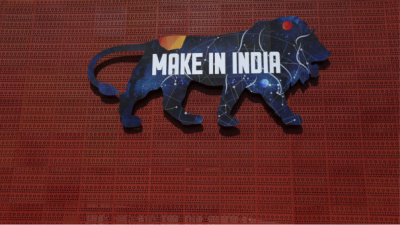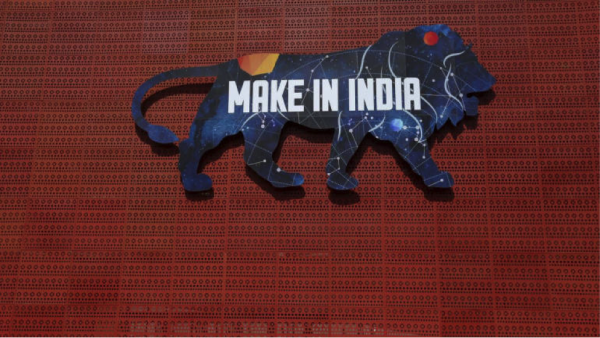MUMBAI, January 27, 2019 – Over the last four years, the world has been gazing interestedly at the matter bubbling in the Indian policy laboratory.
In September 2014, four months into office, Prime Minister Narendra Modi unveiled a campaign to turn India into a manufacturing powerhouse, pledging to remove official red tape and turn the country into an investors’ darling.
The “Make in India” campaign was as much an invitation to domestic and foreign companies as a promise to rectify everything that has kept the country at the bottom rungs of the World Bank’s ‘ease of doing business’ index.
Making India an investors’ preferred destination
The initiative was aimed at making India an investors’ preferred destination by removing irritants, bottlenecks and regressive policies often blamed for scaring away companies.
The Modi government had targeted to raise the share of manufacturing in the country’s gross domestic product (GDP) to 25 percent from about 15 percent now, roughly the same share as peers like Brazil and Russia but less than China’s 32 percent.
From energy shortages and land problems to ambiguous tax laws and complex and multiple labor rules, a barrage of hurdles has kept away large-scale private investments in what otherwise should have counted as a massive, attractive market.
Lack of cooperation between the Centre and state governments also turns off investors.
India has leapfrogged to 77th rank in World Bank’s Ease of Doing Business rank in 2019, jumping 23 notches from 2018.
Four years later, there is some result to show, at least on paper. India leapfrogged to the 77th rank in the World Bank’s latest Ease of Doing Business rankings (2019), jumping 23 notches from 2018.
The report also recognizes India as one of the top 10 improvers in this year’s assessment, for the second successive time. India is the only large country this year to have achieved such a significant shift.
The jump is significant, as it comes after last year’s 30 rung jump when India moved into to the top 100 rankings among 190 countries.
India has improved its rank by 53 positions in the last two years, and 65 positions in the last four years (2014-18).
On the “distance to frontier metric,” a gauge to measure how far an economy’s policies are from global best practice, India’s score improved to 67.23 from 60.76 last year.
India is continuing its steady shift towards global standards
This means last year India improved its business regulations in absolute terms – indicating that the country is continuing its steady shift towards global standards.
The annual report, which ranks countries on business-friendliness, procedural ease, regulatory architecture and absence of bureaucratic red tape, could not have come at a more opportune time for the government that is caught in a perception battle over RBI’s autonomy.
India continued its reform agenda, implementing 6 reforms in 2018
India is in the top 10 for protecting minority investors (rank 7).
“India continued its reform agenda, implementing six reforms in the past year. India is now the region’s top-ranked economy,” the World Bank said ahead of Bhutan (81) and Sri Lanka (100), Nepal (110), the Maldives (139), Pakistan (136) and Afghanistan (167) and Bangladesh (176).
India has improved its rank in six out of the 10 indicators and has moved closer to international best practices on seven out of 10 indicators.
India’s rank improved from 181 in 2018 to 52 in construction
The most dramatic improvements have been registered in the indicators related to ‘Construction Permits’ and ‘Trading across Borders’.
In granting construction permits, India’s ranking improved from 181 in 2018 to 52 in this year’s report—a jump of 129 ranks in a single year.
In trading across borders, India’s rank improved by 66 positions, moving from 146 in 2017 to 80 in 2018.
India reduced the time taken and cost incurred to export and import through various initiatives, including the implementation of electronic sealing of containers, the upgrading of port infrastructure and allowing electronic submission of supporting documents with digital signatures, the World Bank said.








